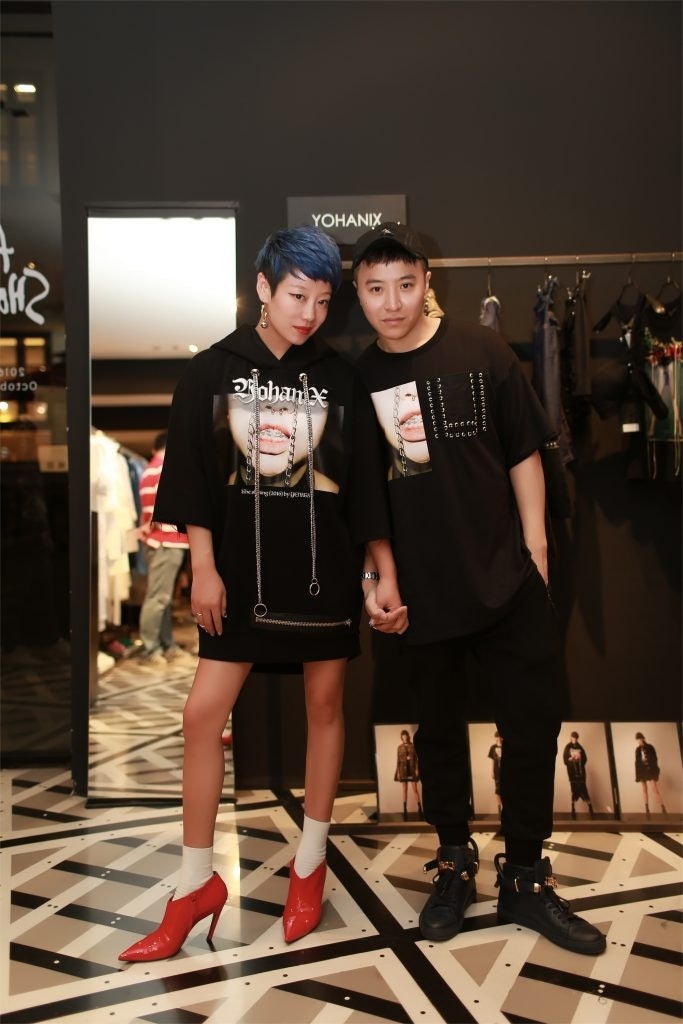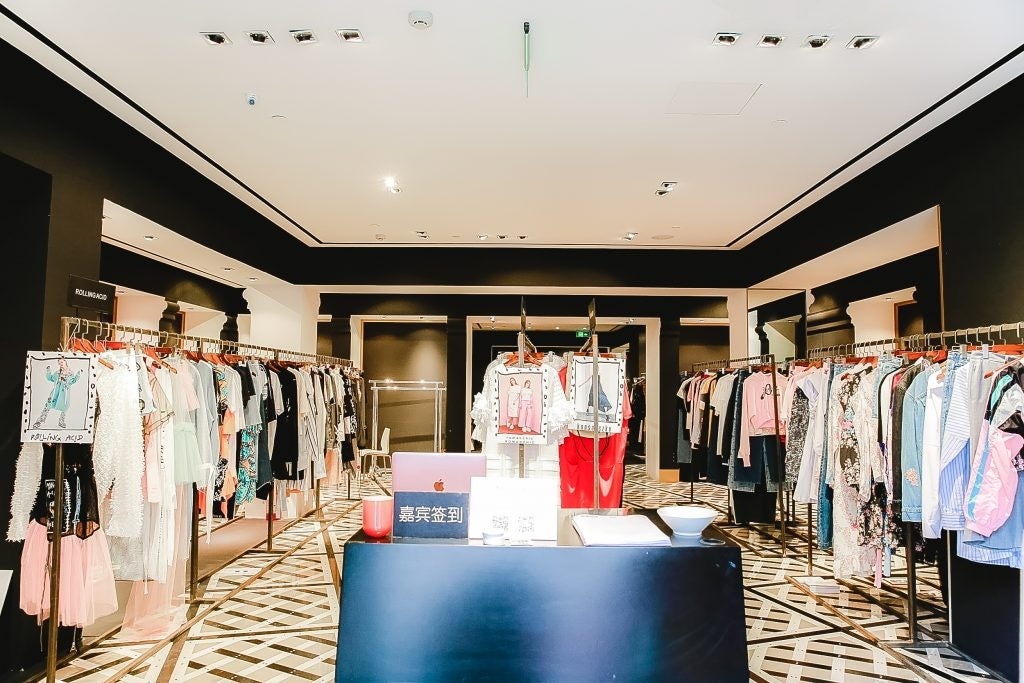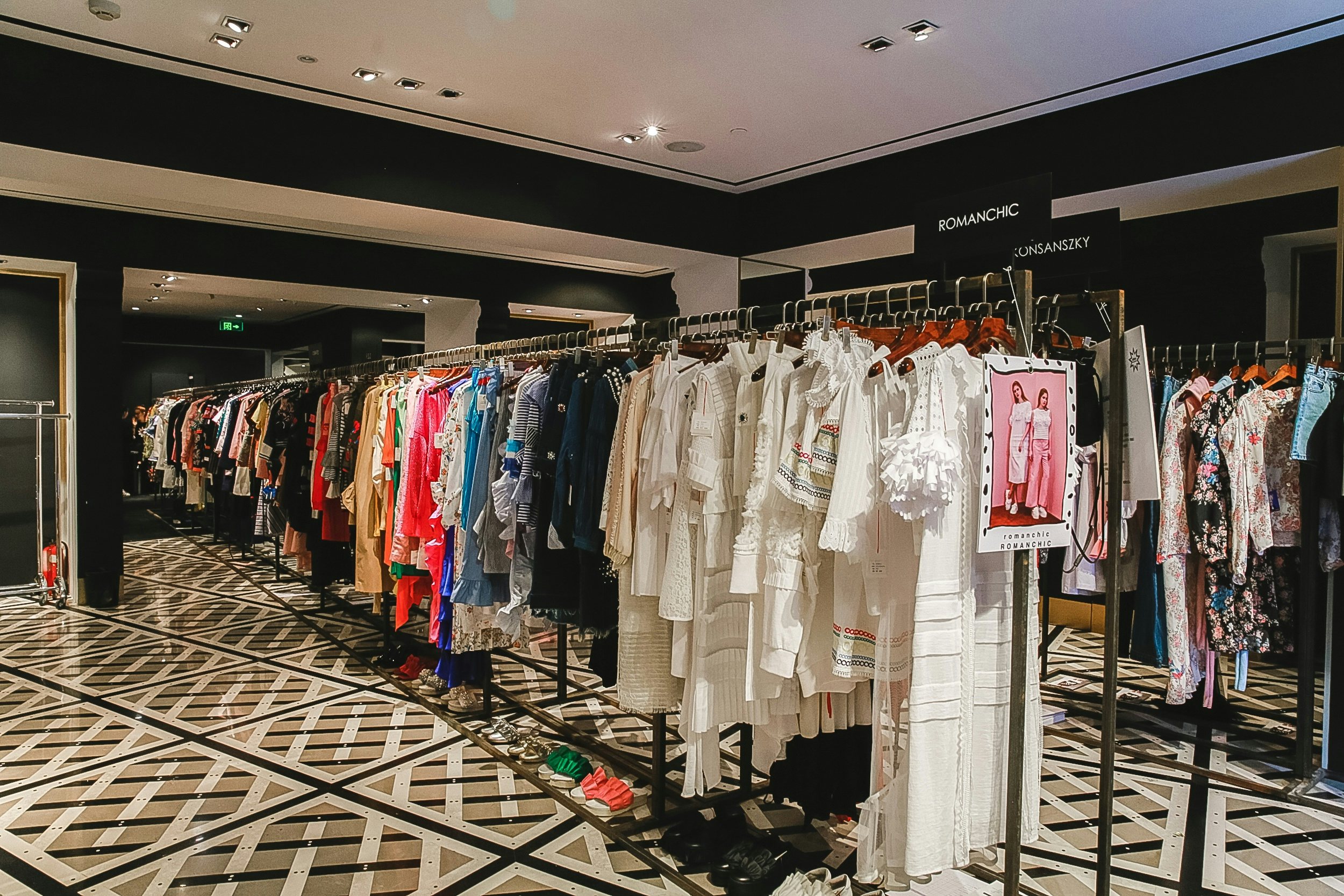With the popularity of lesser-known high-end brands in China starting to rise, buyer stores that select, stock, and distribute brands to retailers across the country are cashing in on a newer, fresher fashion market. These alternative brands are increasingly being made available as an option between fast fashion and top high-end luxury brands, initiating a new era of popular fashion in China.
The ALTER showroom in Shanghai is a permanent space that was created in 2014, after its owner, Sonja Long Xiao, opened the ALTER concept store in the city’s Xintiandi district four years earlier. Sonja gained a master’s degree in Luxury Brand Management & Retail from the renowned Polimoda Institute in Florence, and then went on to work for designer giants Prada and Versace, before noticing a gap in the Chinese market for lesser-known high-end brands—or as she describes “the gap between high-street and high-end.” This realization sparked the idea for the ALTER concept store, which—as the name suggests—aims to promote and sell alternative brands from the international fashion industry to consumers from across mainland China. Brands stocked currently include Parisian Iris Cantabri, Amsterdam-based Loes Vrij, and London-established Korean brand Yohanix.
Meanwhile, the showroom now has 200 buyers from across China, including some in fourth-tier cities. Sourcing brands from a whole host of global designers, from Seoul to Madrid to New York
,#
it serves as a testimony to the new desire for alternative brands within China.
The invention of concept stores may not be a new phenomenon, but it is certainly one that is often hard to make a success of in China, particularly when advertising relatively unknown up-and-coming designers to a Chinese market that is still fascinated with owning the leading brands. Long explains, “Chinese consumers used to be all about the ‘bling-bling,’ the labels that people knew, having that label on show.”

The showroom founders believe that now, however, is the perfect time for these types of stores to emerge. With owners like Long who have studied, traveled, and worked extensively across the globe, concept stores are increasingly able to understand both Chinese buyers and the international fashion scene. Stores like ALTER target a new, young Chinese market, pursuing consumers with a desire for both quality and something different. As the economy stabilizes, Sonja explains that, “these young Chinese consumers are smart buyers. They no longer just buy, buy, buy without checking the price tag.” The brands on display at Sonja’s showroom currently range in price from RMB 200-3,000 (US$30-$442) per garment.
While there are many other ways to make a brand popular with a new generation besides a big name, alternative fashion buying is working as part of a whole revolution within the fashion industry. There are more Chinese fashion and design graduates than ever before, and Chinese buyers are finally starting to take advantage of this influx of young and talented designers. Long explains this ability to show unknown Chinese names does not come easily. “It is only because of our success at ALTER that we are able to also introduce lesser-known Chinese designers who are based in cities like New York, those on their first collections, so this is really exciting.”
In author and curator Gemma Williams’ book Fashion China (2015) she features 41 designers from China, having seen, as co-manager of the London College of Fashion’s Space Gallery, a notable increase in volume of Chinese students at the school. At this time there was still a lack of information about what happened to them after graduation, with Williams remarking, “I started asking people to name a Chinese brand or a Chinese designer, and no one really seemed able to come up with that many.”
Since Williams’ book was published in 2015, though, it seems the tides are turning in the Chinese fashion industry, with more and more young Chinese designers snapped up and brought back to boutiques’ display pieces within China.

Long attributes her acute buyer knowledge to ALTER’s ability to satisfy brands, with penetration of its brands now entering smaller Chinese cities in more rural regions. “I mean, some cities I’d never even heard of before [laughs]. These are just small independent shops opened by girls who love fashion. They often have no English and no ability to travel, so they need someone like us who they can communicate with freely and who can help them negotiate with brands on behalf of their smaller stores. We sell to 200 stores, from massive department stores to these tiny independent retailers.”
This need for a knowledgeable link between brand, retailer, and consumer is one that enables alternative and lesser-known high-end brands to enter the Chinese market. Buyers like Long are crucial in understanding the needs of different consumers since “it is a big market, but it can’t be thought of as one big market, and this is where many people have failed before.”
Stores like ALTER play a key role in changing this perception, promoting the idea within the Chinese fashion industry that every brand and buyer is different. The showroom stocks different designers to target different areas of China, advising foreign brands on concepts and themes that are likely to be popular in different regions. “For example, we stock one designer, Romanchic, and everything of theirs is very floral, floaty, feminine and cute. There are lots of pearls and some ‘bling-bling’ Swarovski crystal features. The second-tier cities, like in Chengdu, are crazy about this kind of thing,” she says. “Then, we also have stuff like Korean brand Nohke, who are sold in really high-end stores like Harvey Nichols in London. We know that different buyers want different things, and this collection is a very nice, simple collection with beautiful draping and a minimalist style. This one is more popular with professional businesswomen in cities like Shanghai and Beijing.”
Foreign brands with heavy celebrity endorsements in other Asian countries like Hong Kong often do very well within China. ALTER is now showing Hong Kong brand Ground Zero’s 15th collection, a success which is in no small part due to the young Chinese market’s adoration of foreign idols. Western brands are often fearful of breaking into the unknown Chinese market, and buyers who understand the international fashion scene, how it works, and what the Chinese buyers are looking for can be crucial for the success of a foreign brand. This link between alternative foreign brands and the Chinese stores is a gap that needs filling, and one that buyers like ALTER aim to accomplish.
